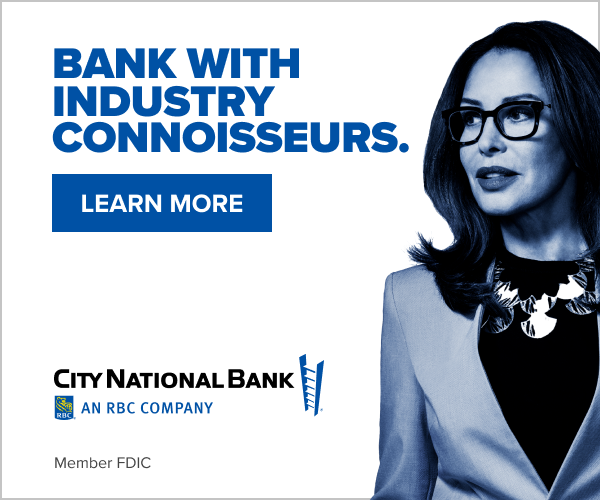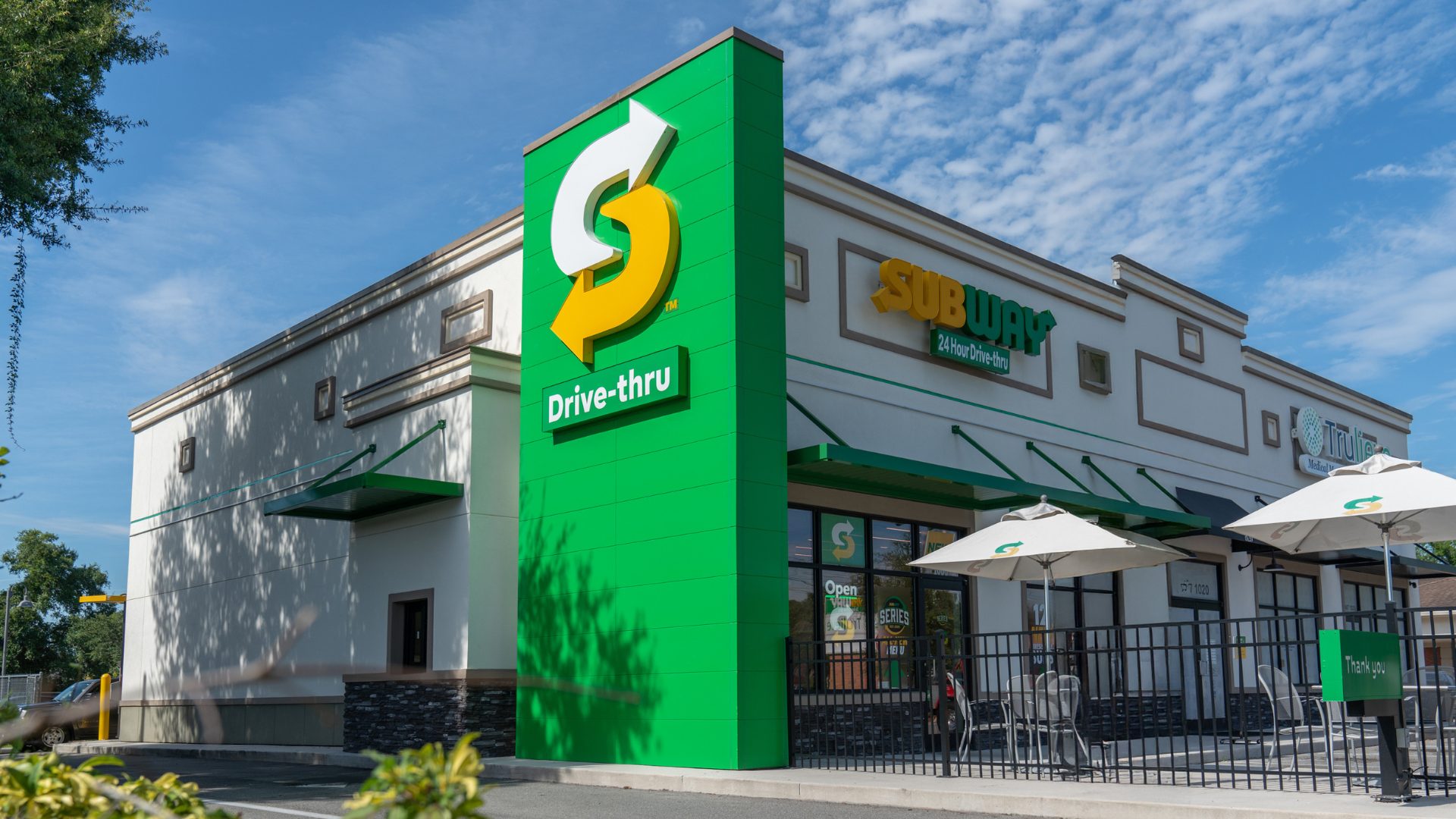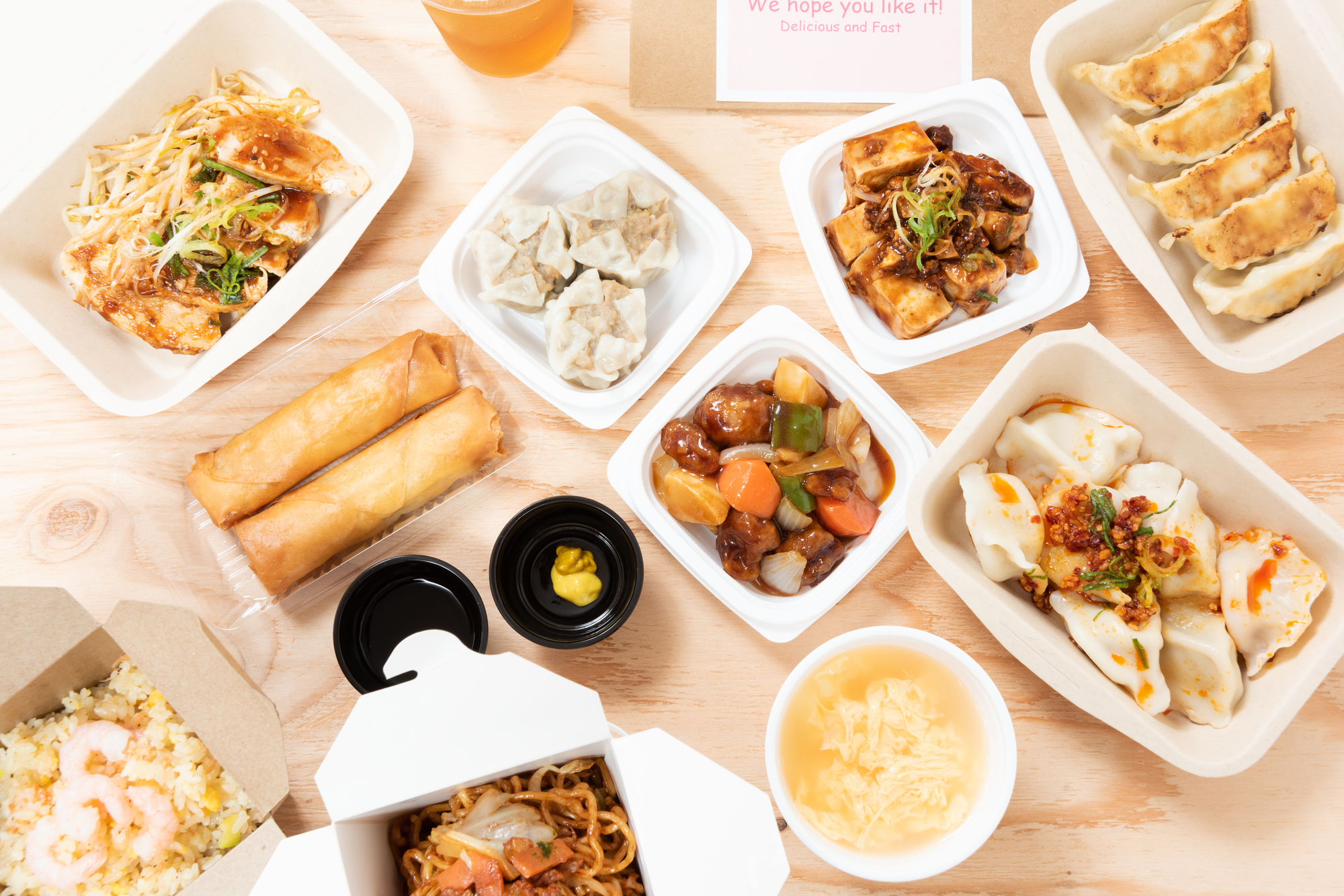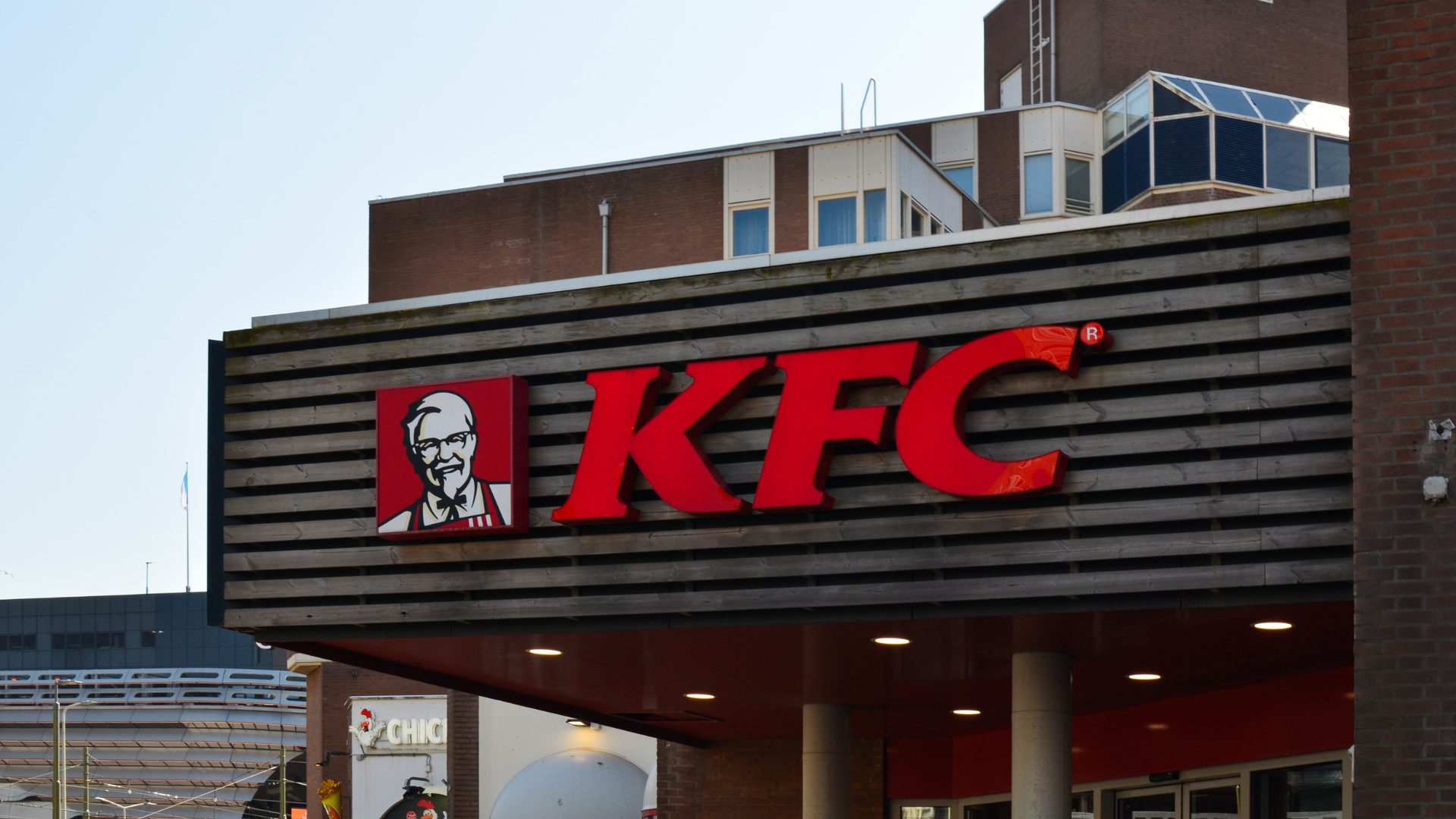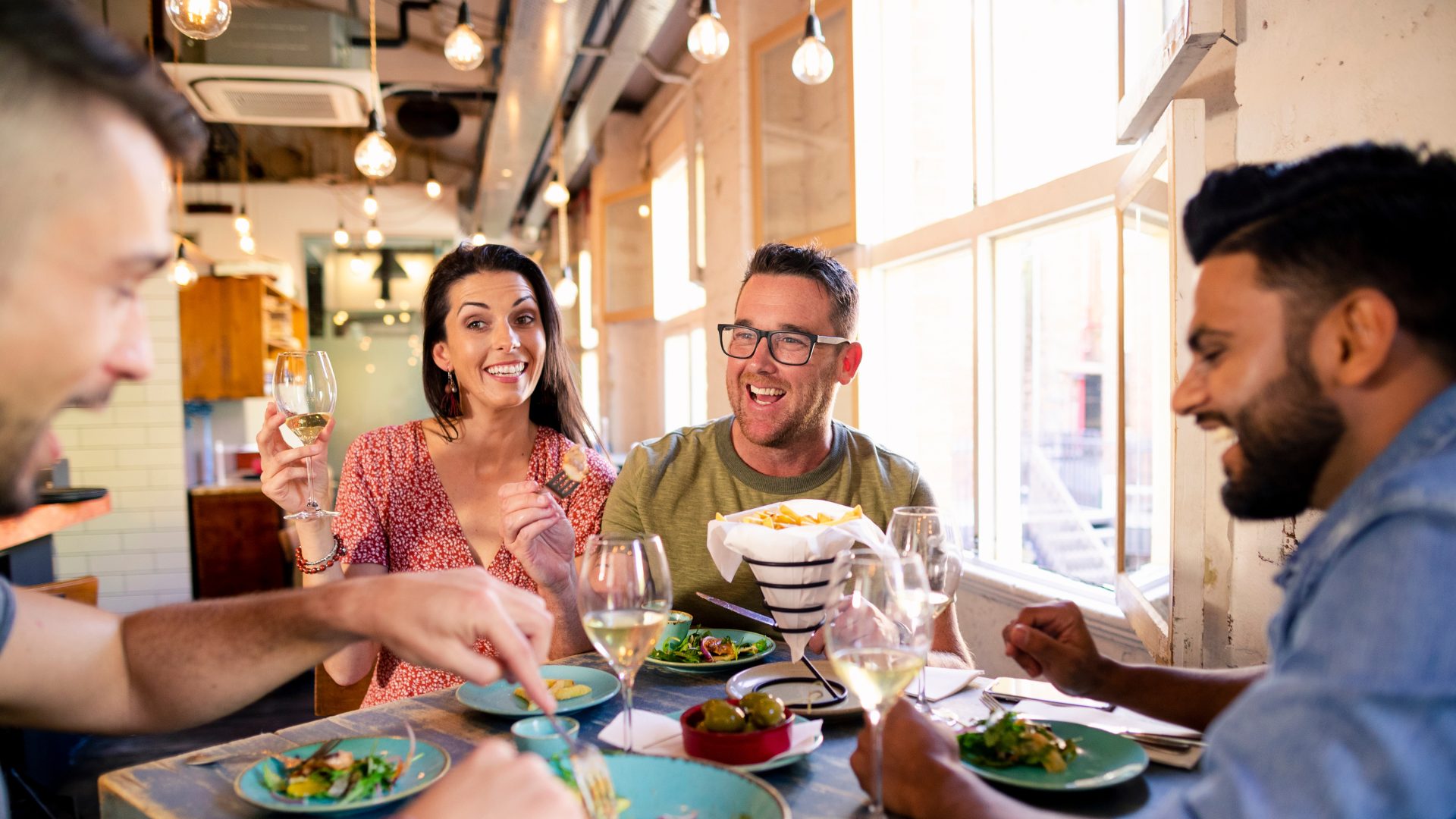While leadership changes are nothing new for restaurant chains, CEOs have been resigning in spades over the past two months, including departures from prominent brands like Starbucks, Dominos, Denny’s, Red Lobster, and Wingstop.
What’s behind these high-profile breakups? The Food Institute spoke with R.J. Hottovy, head of analytical research at Placer.ai, to examine the issue.
“It really does seem like it’s about every day we’re seeing another high-profile resignation,” Hottovy said. “I attribute it to two factors. One, obviously we’ve just come through the most disruptive two years that we’ve ever gone through. So I think … some of the executives that have probably already been thinking about succession plans maybe accelerated that.
“The second reason is that there’s a lot of challenges on the horizon.”
Case in point: Red Lobster’s CEO, Kelli Valade, recently announced plans to resign at week’s end – after just eight months with the chain.
“We’ve had a tough two years,” Hottovy said. “Now it’s only going to get more competitive.”
There are several other factors that help explain the rash of CEO departures, including:
- Rapidly rising inflation: “Twelve to 24 months ago you were just dealing with labor inflation,” Hottovy noted. “Now we’re dealing with a situation where most of the major costs for the restaurant – food, labor, real estate, even to some extent utilities – they’re all going up. I can’t recall a period in the last 20 years where we’ve seen all these categories hit all at once.”
- Rapidly changing consumer tastes and preferences: “With the rise of The Cooking Channel, and the celebrity chefs, the environment has certainly changed the way consumers look at menus,” Hottovy said. “Restaurants have to increasingly compete with people cooking at home. You have to elevate the menu to catch the interest of consumers in this day and age.”
- Employee turnover and hiring issues: “The overall landscape in terms of labor availability has not improved substantially, and we’re seeing a lot of shortages,” Hottovy said, noting that many workers are shifting to roles in the gig economy. “Some of the smaller chains, we’re still seeing quite a bit of evidence of limited store hours and store closures. … And that can have a big perception on brand, if (customers) go to one of their favorite restaurants and it’s closed because of staffing issues. And I think that’s something a lot of the incoming CEOs are going to have to manage.”
- Unionization: “It does seem like we’re seeing more push for unionization,” Hottovy noted, alluding to recent unionization efforts by Starbucks and Amazon. “I think right now, it’s going to be pretty limited (for the restaurant industry). … It’s potentially something that restaurants contend with in the future.”
- Investor-backed companies (both PE and public) increasing demand for reaching KPIs: “There’s a lot of pressure among investors to hit certain performance benchmarks,” Hottovy said, “and, in a lot of cases, that may not be feasible.”
With these factors in mind, the next generation of restaurant chain CEOs will need unique skillsets that include a deep understanding of marketing and technology.
“Right now, somebody like Brian Nickel comes in at Chipotle, with more of a marketing background … I think that’s shift we’re seeing,” Hottovy said. “It almost feels like those that have more of a marketing (focus) is where we’re starting to see a shift toward CEO appointments in this current round right now.”
The new generation of restaurant CEOs will also be dealing with obvious uncertainty as the world slowly emerges from the pandemic. And it will take time to get their chains on solid footing, Hottovy said.
“Hopefully with the new round (of CEO hires), hopefully investors are going to give them a little bit more time,” he said. “Because … the three years ahead of us could be some of the largest years in the industry we’ll ever see in our lifetimes. So, I think that has to be a consideration.
“As you’re setting new benchmarks and KPIs, maybe there’s some short-term benchmarks that are roadmaps to a longer-term goal.”
Another option for restaurant chains is turning to time-tested leaders. Starbucks, for example, recently called upon its former leader, Howard Schultz, to serve as interim CEO.
“Like with Howard coming back, you could see the return of some previous CEOs,” Hottovy said. “Maybe that’s kind of the underlying story: that, (it’s) almost a return of a lot of legacy CEOs that really understand the experience.”




